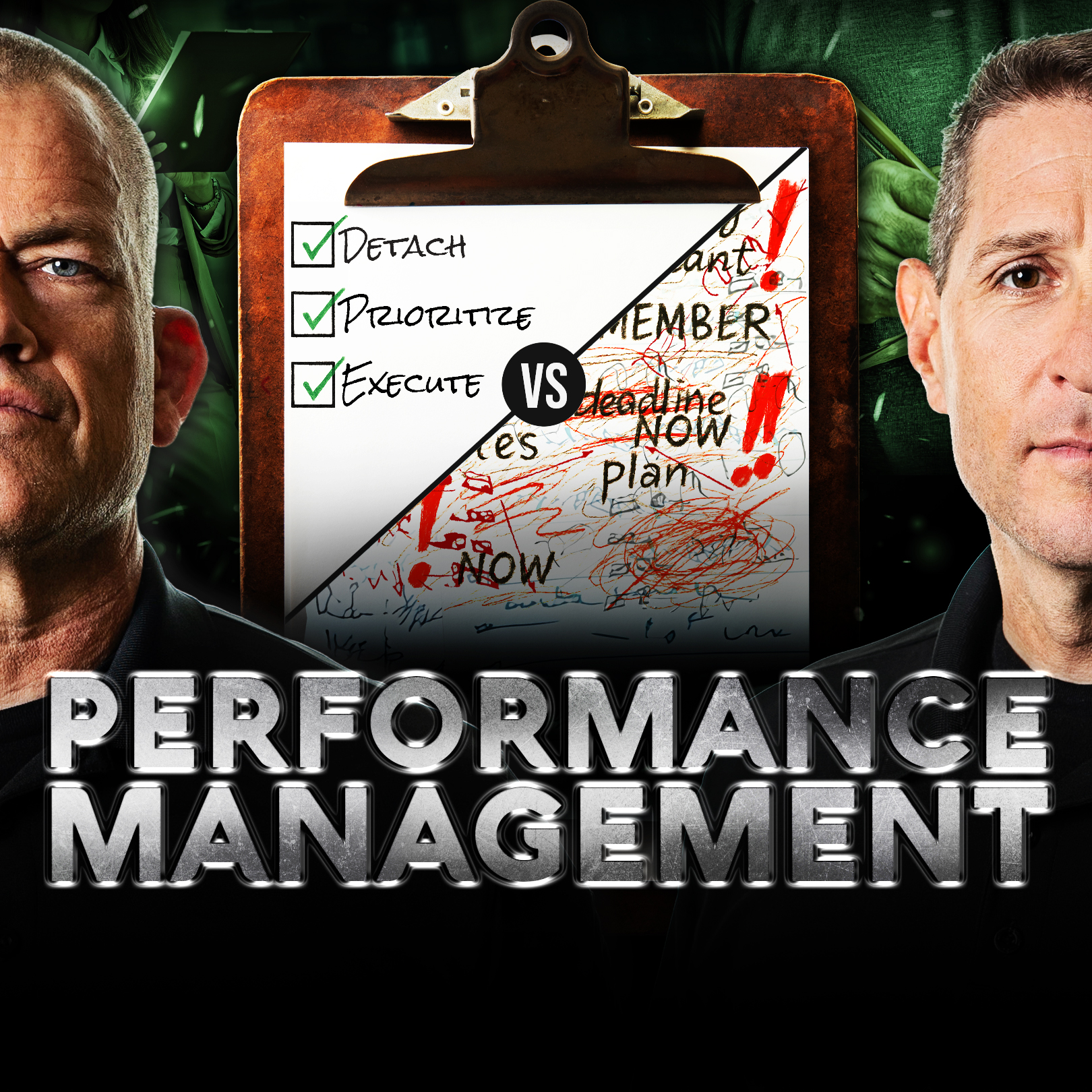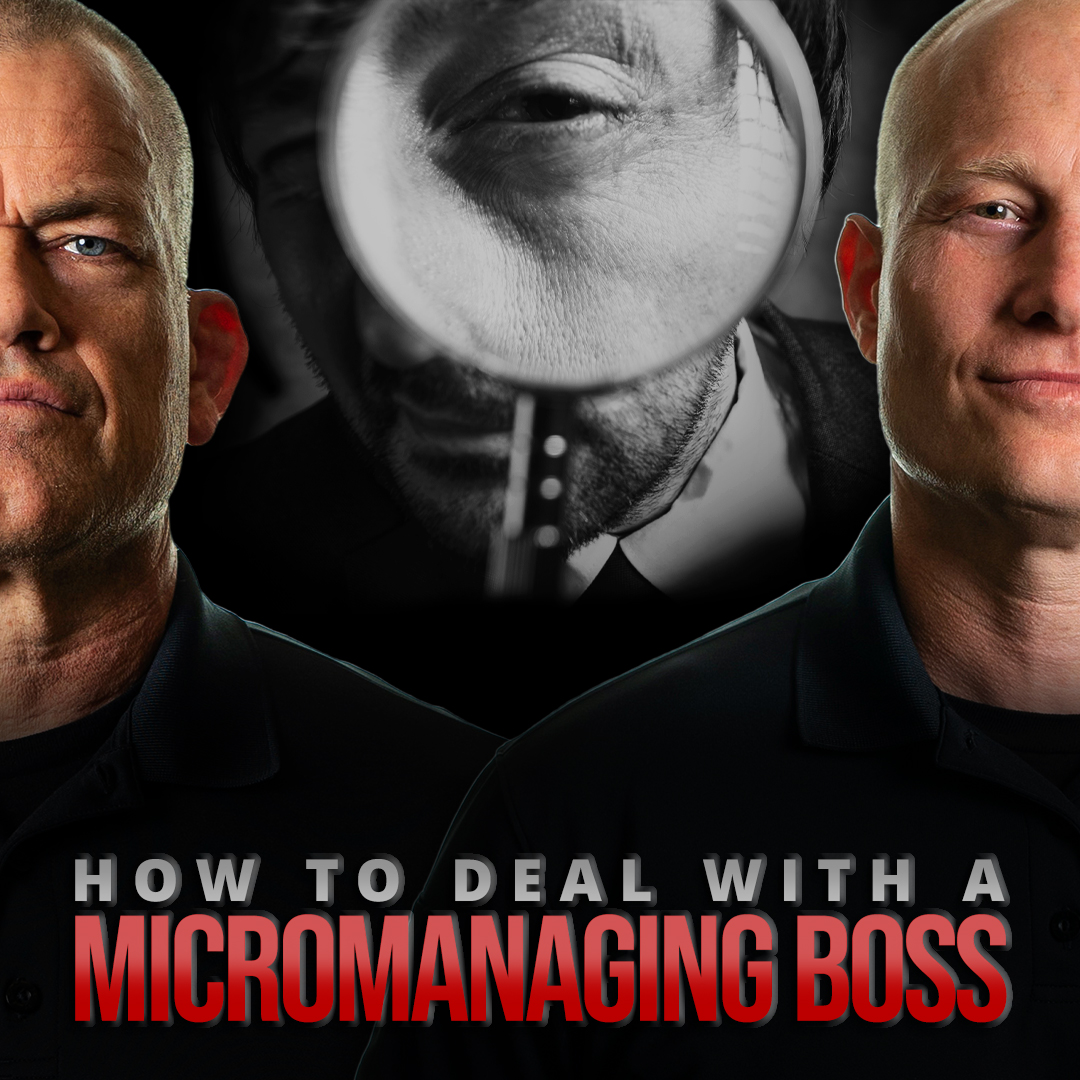Performance management is often misunderstood. For many, it brings to mind HR systems, annual reviews, and tracking goals on a spreadsheet. But real performance isn’t managed through check-ins and forms—it’s driven by standards and, more importantly, by ownership.
At Echelon Front, we approach performance through the lens of Extreme Ownership—the idea that you are fully responsible for your actions, your outcomes, and the performance of your team. That principle doesn’t just apply in moments of crisis or at the executive level. It applies daily—in how you lead, how you communicate, and how you set the tone.
You can’t hold others to a standard you haven’t clearly defined—or worse, one you aren’t modeling yourself. Leadership sets the pace. If you want your team to perform at a high level, you have to go first. Performance improves when leaders take ownership—of their team’s development, their own example, and the culture they create every day.
A Personal Example: No Reviews, Just Responsibility
In my 11 years at Echelon Front, I’ve never once had a formal performance review with Jocko or Leif.
No annual meetings. No rating scales. No boxes to check.
Instead, from the very beginning, they made sure I understood the Commander’s Intent. They clarified the mission, aligned me with it, and then gave me ownership and autonomy to lead within my role. They set the standard through their example of how they communicated, operated, and handled challenges.
Because of that, I didn’t need a yearly sit-down to discuss how I was doing. My performance was being evaluated every day—in real-time—as challenges arose, as I implemented solutions, and, yes, when I made mistakes.
And here’s the key: when those mistakes happened, they didn’t point fingers. They took ownership. Every time. That kind of leadership doesn’t lower the bar—it raises it. Their example didn’t make me complacent. It made me want to level up. To earn their trust. To perform at the highest level not because of pressure, but because of responsibility.
That’s what real performance management looks like.
Set the Standard. Live the Standard.
You can’t manage performance without a clear standard—but setting that standard isn’t enough. You have to live it.
Your team will perform at the level you demonstrate. If you’re asking for discipline, but you miss deadlines and avoid hard conversations, that’s the real standard. If you say you value initiative but micromanage every decision, your words don’t matter—your actions do.
Extreme Ownership means you own the culture, the tone, and the behaviors you tolerate. Performance management starts with self-management. If you want high performers on your team, be one.
Don’t Just Demand Ownership—Give It
Too often, leaders say, “I need my team to take more ownership.” But they haven’t created the conditions for that to happen. Ownership isn’t something you demand—it’s something you give.
That starts with trust.
Ask your people, “What do you think we should do?” Back their plans. Let them execute. Will it be perfect every time? No. But if they’re never allowed to own the solution, they’ll never feel accountable for the outcome. And if you’re always the one solving the problems, they’ll always come back to you for answers.
Performance thrives in an environment where people are trusted, challenged, and supported—not controlled.
Prioritize and Execute
One of the biggest killers of performance is overload. You can’t expect your team to execute on everything at once. That’s where the principle of Prioritize and Execute becomes essential.
As a leader, part of your responsibility is to help your team cut through the noise. Clarify the mission. Simplify the goals. When everything is a priority, nothing is. When people are clear on what matters most, they can execute with focus and purpose.
Performance management means helping your people win—not drowning them in tasks and wondering why they’re falling short.
Decentralized Command: Let Them Lead
Good leaders drive performance. Great leaders develop it in others.
Decentralized Command is about pushing decision-making down the chain—not because you’re hands-off, but because you’re strategic. When people are empowered to make decisions, they grow. When they grow, performance scales.
But this only works when expectations are clear. Your people must understand the mission, the why behind it, and the intent behind your decisions. Once they do, you don’t need to monitor every move—they’ll lead with alignment and accountability.
Performance Is a Reflection of Leadership
If someone on your team isn’t performing, the first question to ask isn’t “What’s wrong with them?” It’s “What am I missing as a leader?”
Have I clearly communicated expectations? Have I equipped them with the tools and support they need? Have I created a culture where ownership is encouraged—and modeled?
Extreme Ownership means you don’t blame the individual—you look at the system, the leadership, the guidance (or lack of it), and you make the adjustments.
Conclusion
Performance management isn’t about a once-a-year meeting. It’s about everyday leadership. It’s about creating a culture of clarity, trust, and ownership—from the top down.
It’s not a process. It’s a mindset.
And like everything else, it starts with you.



